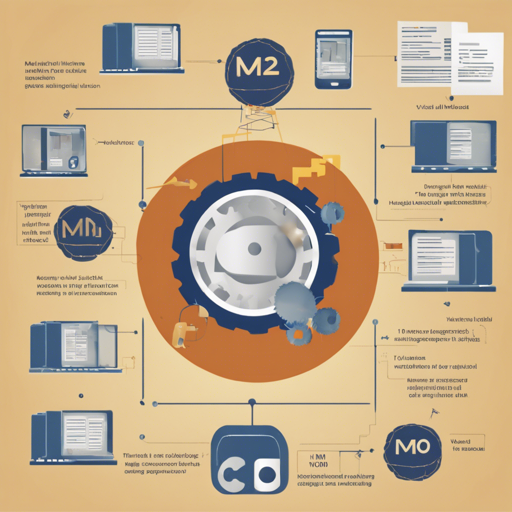Welcome to our step-by-step guide on how to leverage the power of the m2m100_418M-eng-yor-mt model for seamless translations from English to the Yorùbá language. In this article, we will explore how this model works, its capabilities, limitations, and troubleshoot common issues.
Understanding the m2m100_418M Model
The m2m100_418M-eng-yor-mt model is a sophisticated machine translation model that enables effective text translation from English to Yorùbá. It is based on the facebook/m2m100_418M architecture, fine-tuned with specific datasets including:
- JW300 – A large parallel corpus for Yoruba.
- Menyo-20k – A specialized dataset for Yorùbá translations.
Think of this model as a bilingual dictionary with the ability to not only find word-for-word translations but also understand context to provide meaningful sentences. This two-in-one capability makes it a powerful tool for translation tasks.
Limitations of the Model
While the m2m100_418M model establishes a strong baseline for translations, it’s important to be aware of its limitations:
- The model’s performance heavily relies on the training datasets, JW300 and Menyo-20k.
- It may not generalize well across all domains or subject matters, meaning translations in highly specialized fields might not be as accurate.
Training Details
The model was fine-tuned on the aforementioned datasets, utilizing an NVIDIA V100 GPU for efficient processing. The result? A translation model with a BLEU score of 13.39 on the Menyo-20k test set, significantly outperforming alternative models like mt5-base, which only achieved a score of 9.82.
Using the Model for Translation
To use the m2m100_418M-eng-yor-mt model, you will need to set it up in your preferred environment. Here are the steps to get started:
- Install required libraries like transformers and torch.
- Load the model using the following code:
- Prepare your text input in English.
- Use the model to generate a translation:
from transformers import M2M100Tokenizer, M2M100ForConditionalGeneration
tokenizer = M2M100Tokenizer.from_pretrained("facebook/m2m100_418M")
model = M2M100ForConditionalGeneration.from_pretrained("facebook/m2m100_418M")input_text = "Hello, how are you?"
encoded_input = tokenizer(input_text, return_tensors="pt", src_lang="en")
translated = model.generate(**encoded_input)
translated_text = tokenizer.batch_decode(translated, skip_special_tokens=True)[0]
print(translated_text)Troubleshooting Tips
If you encounter issues while using the model, consider the following troubleshooting steps:
- Ensure you have properly installed all necessary libraries as compatibility can affect model performance.
- Double-check that your input text is correctly formatted and in the supported language.
- If the translation output is not as expected, try using simpler sentences, as complex structures may lead to inaccuracies.
For more insights, updates, or to collaborate on AI development projects, stay connected with fxis.ai.
Conclusion
In summary, the m2m100_418M-eng-yor-mt model is a powerful tool for translating between English and Yorùbá, providing a solid baseline for further developments in machine translation. At fxis.ai, we believe that such advancements are crucial for the future of AI, as they enable more comprehensive and effective solutions. Our team is continually exploring new methodologies to push the envelope in artificial intelligence, ensuring that our clients benefit from the latest technological innovations.

